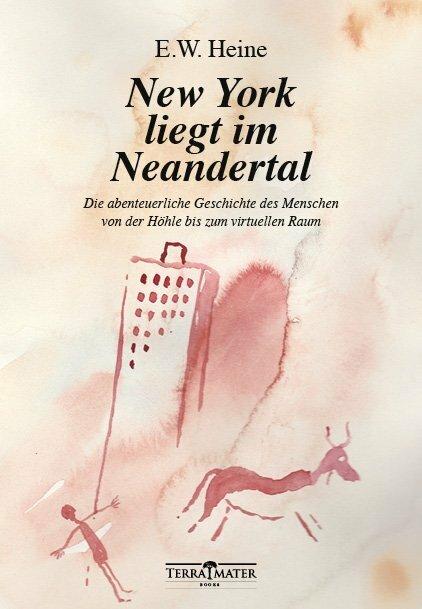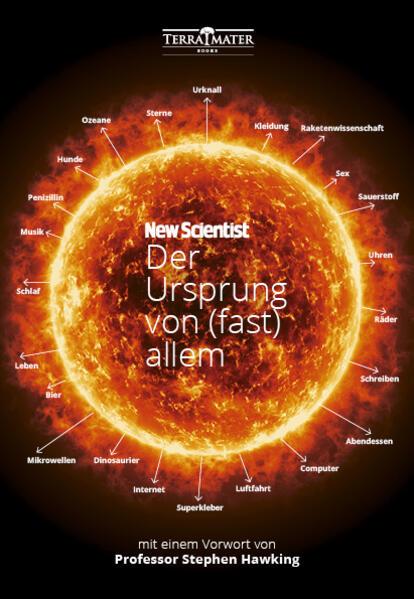
Best Terra Mater Books products in the Non-fiction category
On this page you'll find a ranking of the best Terra Mater Books products in this category. To give you a quick overview, we've already ranked the most important information about the products for you.
1. Terra Mater Books Der Ursprung von (fast) allem
The History of the Universe - From the Big Bang to the Conquest of Space. The Big Bang marks the beginning of everything we know. After that, the real party began, with the formation of countless planets. One of them is our Earth, which fostered life in an enormous variety. In the last moments on the geological timescale, humans finally appeared on the scene. And that was far from the end! The cosmic history is a tale full of origins, as something new is constantly beginning! This casually told non-fiction book uncovers the unknown and the quirky about the origins of world-changing and quite mundane things: from black holes to the QWERTY keyboard to the origin of belly button lint.
- Compact overview: Big Bang and the formation of strange matter, the beginning of earthly life, and the evolution of humans.
- Continents and oceans, fickle weather, and dinosaurs: the exciting history of planet Earth.
- An original perspective on human history: What was the first cooked meal made of, how did the first song sound, and who came up with the idea of toilet paper?
- What civilization has brought us: from city living to taming the elements to alcohol consumption - the concept of zero, the birth control pill, and flying machines: cool inventions that changed the world.
How it all began: science explains – and it’s fun! It was a long journey from the creation myths that Professor Stephen Hawking addresses in his foreword to established knowledge. Science provides answers to (almost) everything - even to questions you’ve never thought to ask. A unique journey of discovery through our universe - humorous and scientifically grounded!.

2. Terra Mater Books The state of the world
The big balance sheet of everything that crawls and flies
What is the real state of plant and animal life on our planet? This question is particularly topical now that the Decade of Biodiversity proclaimed by the United Nations came to an end last year.
In the major biodiversity report of IPBES (a sub-organization of the United Nations), 500 scientists report on the status quo of ecosystems, their living things and their environmental conditions, based on studies made all over the planet. It notes what the Earth has already lost, what is about to be lost, and what the opportunities are for those that remain. Biologist and science journalist Kurt de Swaaf has taken on the comprehensive subject. He notes that the clock shows five to twelve for the planet, but also raises the prospect that the clock can be turned back. For example, by reforesting the rainforest in Costa Rica through research and investment - if only people want to.
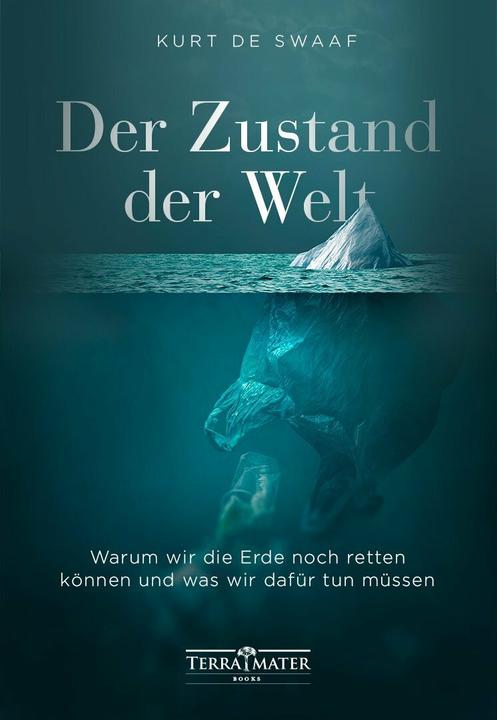
3. Terra Mater Books Die Abenteuer eines Naturfreundes
On an expedition with wildlife filmmaker David Attenborough. Into the jungles of Guyana, to Borneo, along the banks of the Amazon – David Attenborough has traveled to the most remote corners of the world, always in search of rare animals. The world-famous naturalist is also a pioneer of television history: with his BBC wildlife show "Zoo Quest," he brought moving images of elephants, piranhas, and sloths into viewers' living rooms for the first time in the 1950s. In this book, he takes readers on a journey of discovery: the travel reports from his first three expeditions lead us to Africa, South America, and Asia, allowing us to share in the adventures of the documentary filmmaker and nature lover.
A biography to travel and experience with: strolls through the world's zoo. A passionate plea for environmental protection and biodiversity. A piece of television history: the first live images of exotic animals captivated TV audiences. Newly edited travel reports with exclusive photos. Exotic, fascinating, strange: wild animals up close.
Have you ever encountered a dragon? Attenborough came very close to the Komodo dragon, the largest lizard in the world. Young David also met vampires, those eerie, blood-sucking bats, whose nature he describes so empathetically that they almost seem sympathetic to us. The world has changed significantly since Attenborough's research travels. Today, zoos no longer send anyone on expeditions to distant countries to capture animals and bring them back alive. The wild and inaccessible places that could only be reached with great effort are now on well-trodden tourist routes. Attenborough's accounts not only convey fascination and a thirst for adventure, but they also evoke respect for the beauty of nature and its creatures. A unique reading experience for all nature lovers!.

4. Terra Mater Books The mammoth from the freezer
The life sciences have almost all the answers to life's questions. Geneticists are now able to produce almost any organism in the laboratory. And it is therefore possible to bring extinct species back to life. Even a small spark of DNA is enough. But - does that make sense? Does science have to do everything just because it can? The basic questions of man and science as an entertaining and inspiring reading experience. Never before in history did man know more about the blueprint of life in general and the individual genetic equipment of individuals and species, called genome, in particular. Humans know so much about it and have developed biotechnology to the point where they can soar godlike to become creators of new species or bring vanished species back to life. Britt Wray creates a chronology of genetic findings, amuses with anecdotes of the associated world views and ultimately asks the question of all questions in an entertaining way: Do we have to, just because we can?
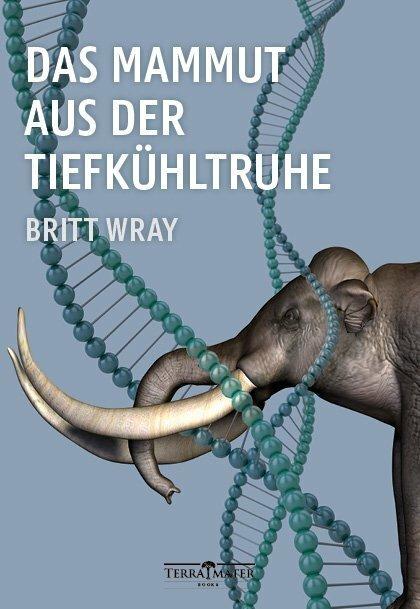
5. Terra Mater Books Im Norden
Often you wait for months until the sea releases an object and all of a sudden something unprecedented comes to light. The photographer and architect Isabelle Bacher had the patience. She came, saw and captured the rare images, that play of sky, stone and water that exists in no other place in the world. "Maybe it's because of my Norwegian mother and the Scandinavian blood in my veins, my sun-sensitive skin, or simply the fact that barren landscapes have always excited me more than palm trees and tropical beaches."

6. Terra Mater Books Until it goes no further and then left
Journeys to the ends of the world and back. When it was still unknown that the Earth has no end, the idea, the myth, and also the fear of the end of the world emerged in people's minds. The myth survived the realization of the spherical nature of the Earth. Photographer Florian Wagner and author Heike Nikolaus visited places that bear the name "the end of the world." Five journeys to Norway, France, Spain, Sri Lanka, and the USA. Maria-Christine Leitgeb traveled through the history of ideas from the farthest reaches of the known world. There are places on Earth where the thoughts, ideas, and fears of people from past years and centuries are still visible. This is due to buildings or other stone witnesses that serve as reminders, or because the people in these places adhere to a certain way of life.

7. Terra Mater Books The dream of the turtle
Man Meets Tortoise. Who can tell us more about life on Earth than a tortoise? It has inhabited our planet longer than almost any other species and has witnessed the significant changes brought about by human actions. A story of evolution and a call to action. The tortoise species could share tales of evolution and its causes that humans, who are but youngsters on this planet, can only dream of. Inspired by his life with his tortoise Fred, Peter Laufer has penned these stories: from the first encounters between humans and the armored reptile to the reality of tortoise life, which is inextricably linked to the ecological fate of the oceans and climate change. It is a cultural journey into a long-gone era, as well as a plea to advocate for the future of our planet. With a foreword by Richard Branson. "Peter Laufer takes us into the world of tortoises and allows these slow, steady, clumsy, and primitive relatives of the dinosaurs to win our imagination, sympathy, and love.".
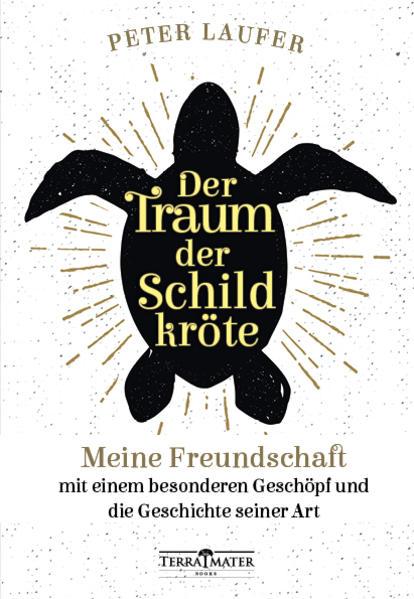
8. Terra Mater Books New York liegt im Neandertal
We are what we build. Historical traditions convey to us the knowledge about the purpose and style of buildings. However, this book reveals what kind of spatial experience the architectural form of structures created and what other forces were at play. The French writer and philosopher Albert Camus said that everyone is responsible for their face. A building can be seen as the face of society - it is shaped by the character of its era. In the beginning was the cave, and what followed tells the history of architecture. However, the ancient pyramids of Egypt are also considered the most technically perfect constructions. But why was the ton-heavy stone material for the construction of the pyramids transported over long distances by human muscle power when they could have been built right next to the quarries? Were there not better ways to honor the dead?.
